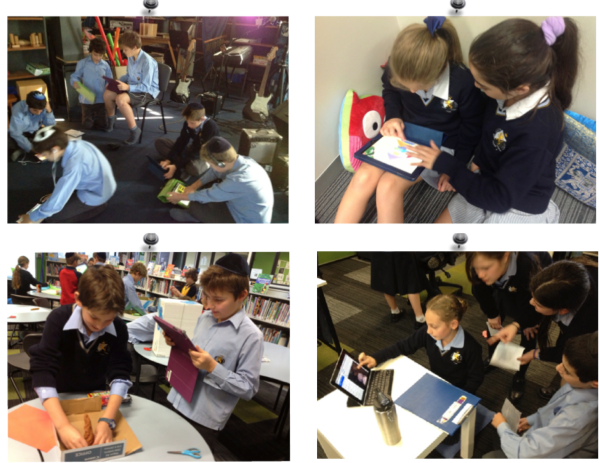Looking at the curriculum (program of inquiry) and the timetable through the courageous lens of ‘what if’, has allowed us to explore possibilities that sit outside of traditional models. The more we let go of the way things have always been, the more opportunities manifest for learning to flow and learners to flourish.
I once wrote a post about things that teachers should unlearn. We’ve come a long way since then! Here are some more things educators need to unlearn:
Learning is linear.
Why should we only do one unit at a time? Real life isn’t broken down into blocks of curriculum, learning is not linear and inquiry is not a step by step process. Inquiries (and learning!) overlap and interweave. We need to create the conditions in which this kind of learning can thrive.
Adults make the decisions.
In the past few weeks, we have consulted with students on matters such as a new initiative for Year 3, the design of the learning spaces, our PYP self study and a whole school unit of inquiry. Their perspectives are insightful, valuable and practical!
You need to deliver the curriculum.
The best way to cover the curriculum is to design rich and authentic, real life, learning experiences, and then back map to the curriculum. Everything worthwhile will be covered!
We are bound by the timetable.
Next year, our Art, like some other specialist areas, will be more authentically integrated into the learning. Less timetabled, more of an effective mode of communication, ‘through which students explore and construct a sense of self and develop an understanding of the world around them’ (PYP). Looking forward to seeing how it unfolds…
Planning takes place in advance.
It’s true that you need to have a sense of the big idea and where the learning needs to go conceptually, but planning responsively has changed things entirely. It’s becoming natural to observe, listen and document what is revealed about where learners and learning are at, then analyse the data to decide where to go next.
There is secret teacher business.
The more learners are aware of things that used to be kept from them, the more ownership they take in their learning. Learners can (and should!) . explore curriculum outcomes, create success criteria, know what their goals are. Why shouldn’t they write their own reports?
Anything to add?




